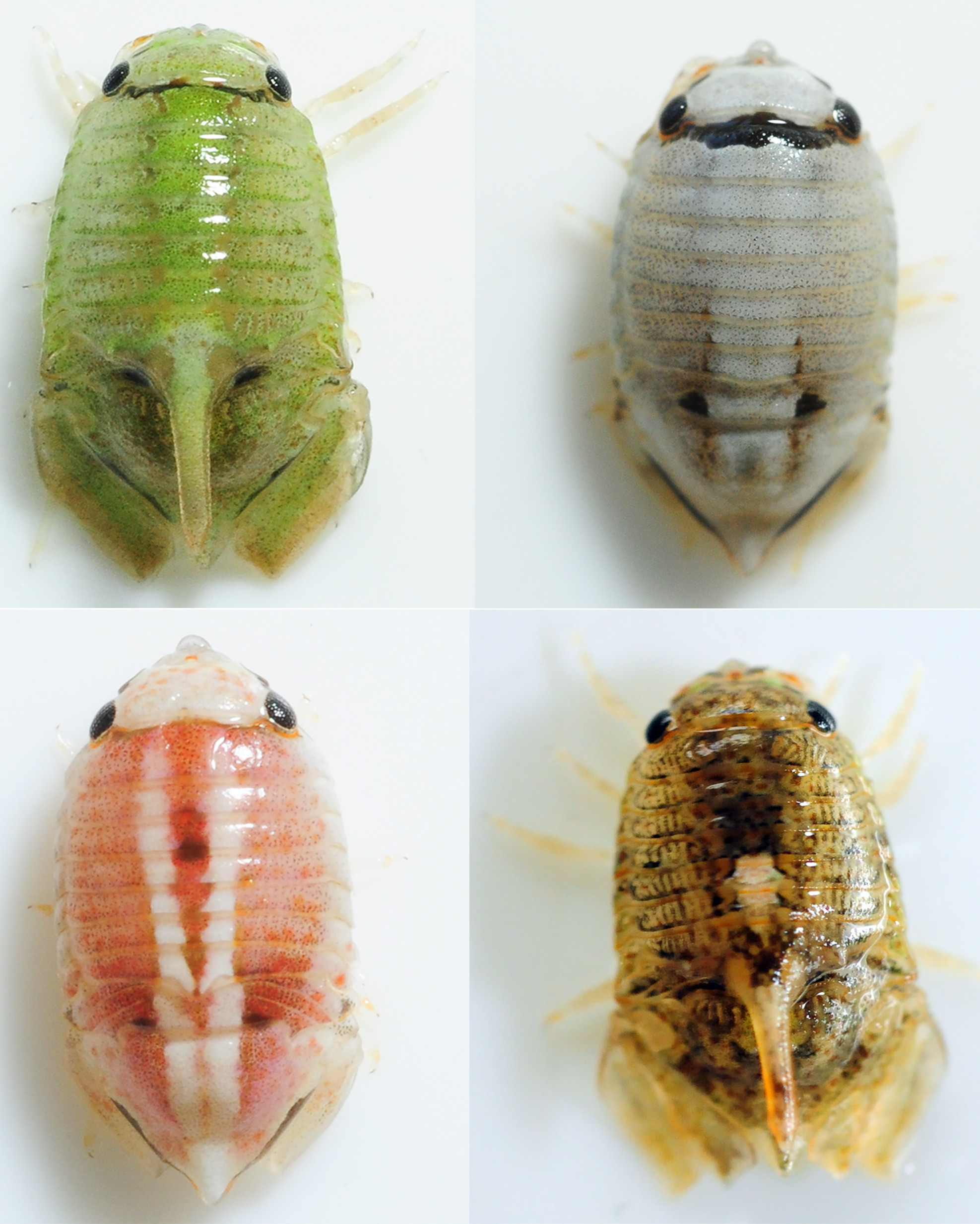Colour polymorphism is defined as colour variation within a species or population that is maintained by genes in our DNA (rather than by diet or the environment). Many animals exhibit some degree of colour polymorphism. This can simply be displayed as different shades of brown, or right through to completely different colours such as the red, green, yellow, blue and black colour morphs found in poison dart frogs.
However, few organisms show such extreme degrees of colour polymorphism as Isocladus armatus, a New Zealand endemic marine isopod. These little guys, which can be found swimming about in intertidal rock pools all along the NZ coastline, range in colour from purple, white, red, green, brown, sand, grey, orange, as well as showing distinct colour patterning such as a long white stripe down their back, variegated, or with a single white spot on their back. They seem to be so variable that they have been described as “no two individuals being alike”.
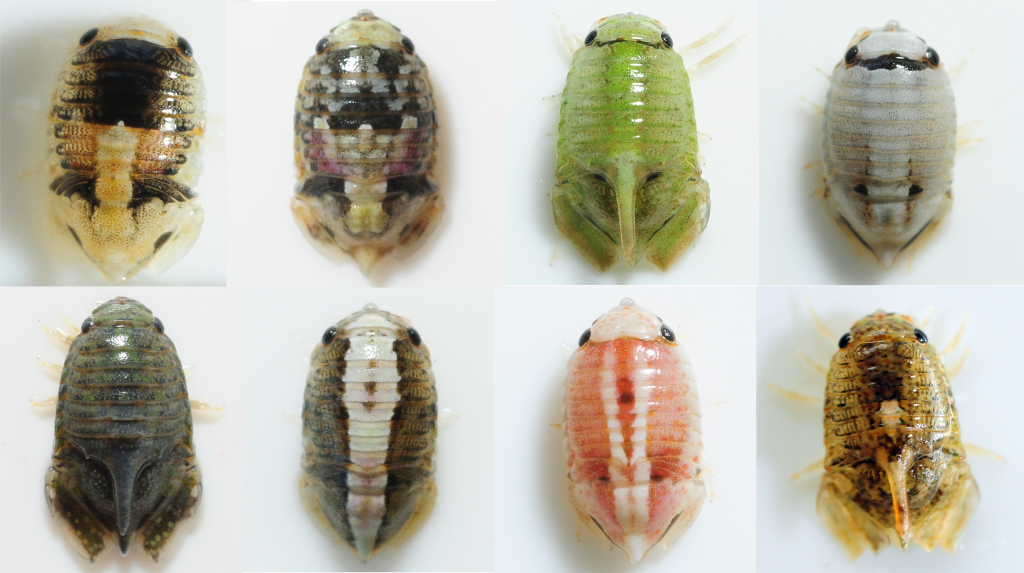
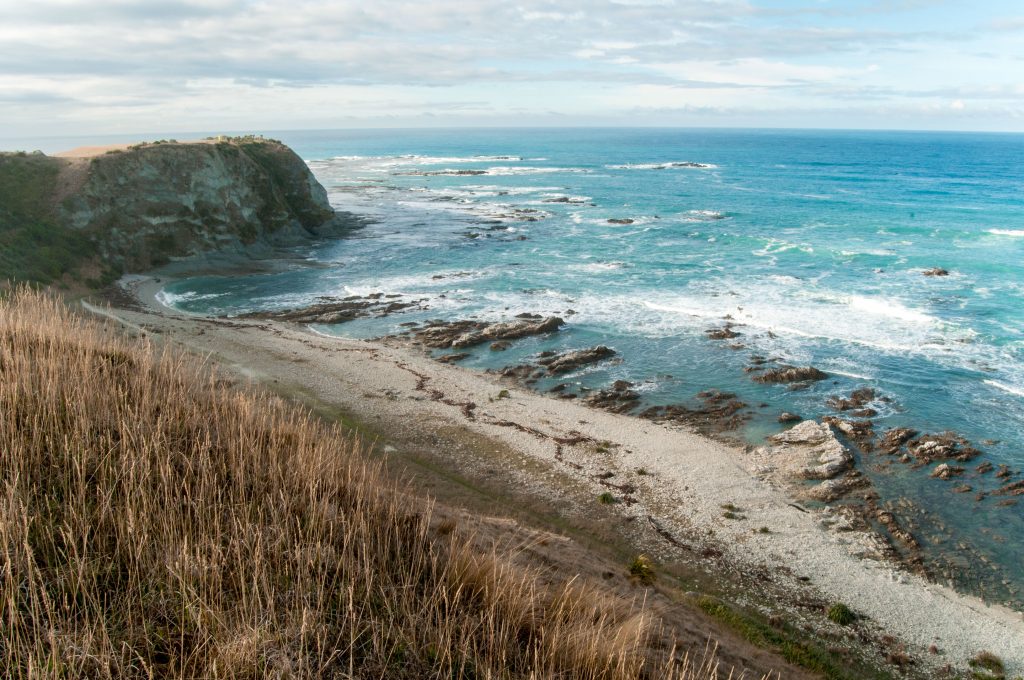
The question therefore is, why? These colour morphs can be found in every population from populations in Northland, right through to populations in the South Island. Anecdotal evidence also suggests that this colour polymorphism has persisted across multiple speciation events, with other closely-related species of Isocladus in NZ displaying the same or similar colour morphs. This indicates that colour polymorphism must have a function in increasing survival and that natural selection favours the existence of multiple different colour morphs. My research, in collaboration with scientists at Massey University and Northern Arizona University in the USA, aims to investigate what factors have led to the evolution of this colour polymorphism.
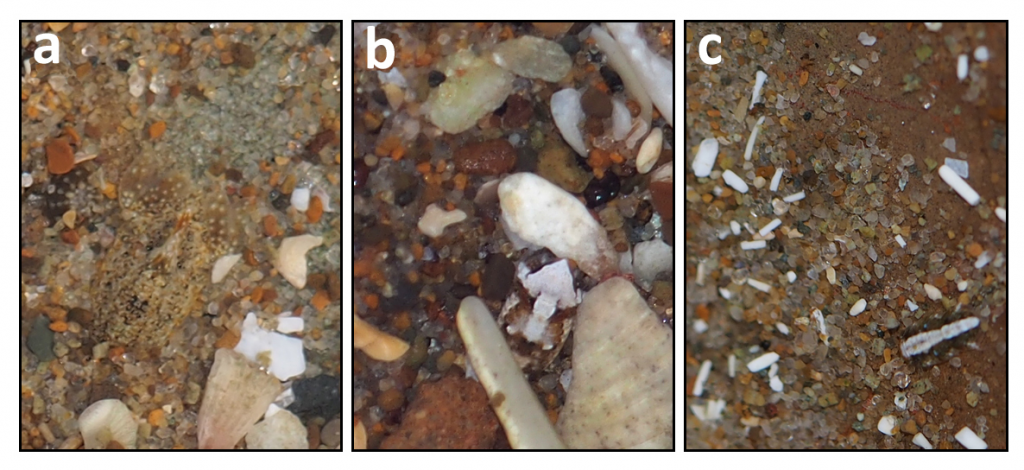
It is thought that this colouration functions in camouflaging the isopods from predators such as seagulls and fish. Indeed, this camouflage works so well against the background of a sandy rock pool that it can often be virtually impossible to see them! The white stripe in particular works well as a disguise in which they can resemble a shell fragment. But why maintain all these different camouflage strategies? Why have these isopods not evolved to just all have the one most effective colour morph type? Our research tests multiple explanations for this.
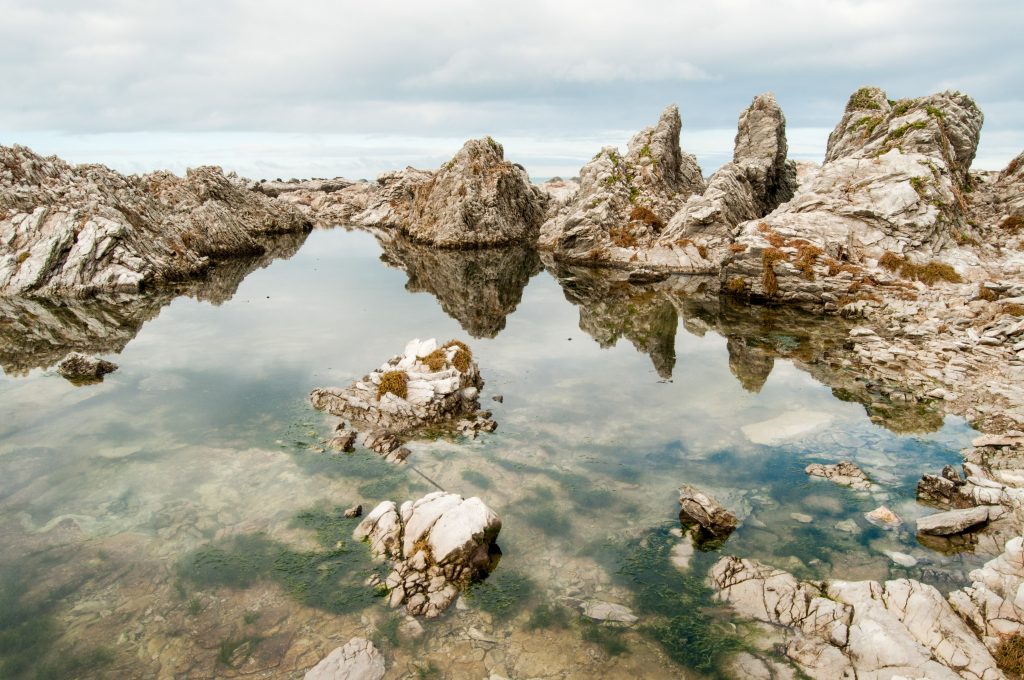
One possibility is that colour polymorphism within populations is maintained by migration, or gene flow, between populations. This process effectively homogenises colour variation so that each colour morph occurs at the same frequency in every population. We are testing this hypothesis by investigating levels of gene flow across different spatial scales across NZ. Published as a series of two papers in PeerJ (Wells & Dale 2018) and Ecology and Evolution (Pearman et al. 2020), we used a next-generation-sequencing technique called genotyping-by-sequencing to unlock and investigate genetic variation at 8,000 single nucleotide polymorphisms (SNPs) across the genome. This allows us to investigate connectivity between populations at a very high resolution. We found that dispersal in this species mostly follows an Isolation-By-Distance model, in which gene flow occurs mostly between neighbouring populations, with genetic differences between populations increasing with the distance between populations. This type of dispersal could be responsible for maintaining the colour polymorphism within each population, even if different specific morphs provide the best camouflage in different populations.
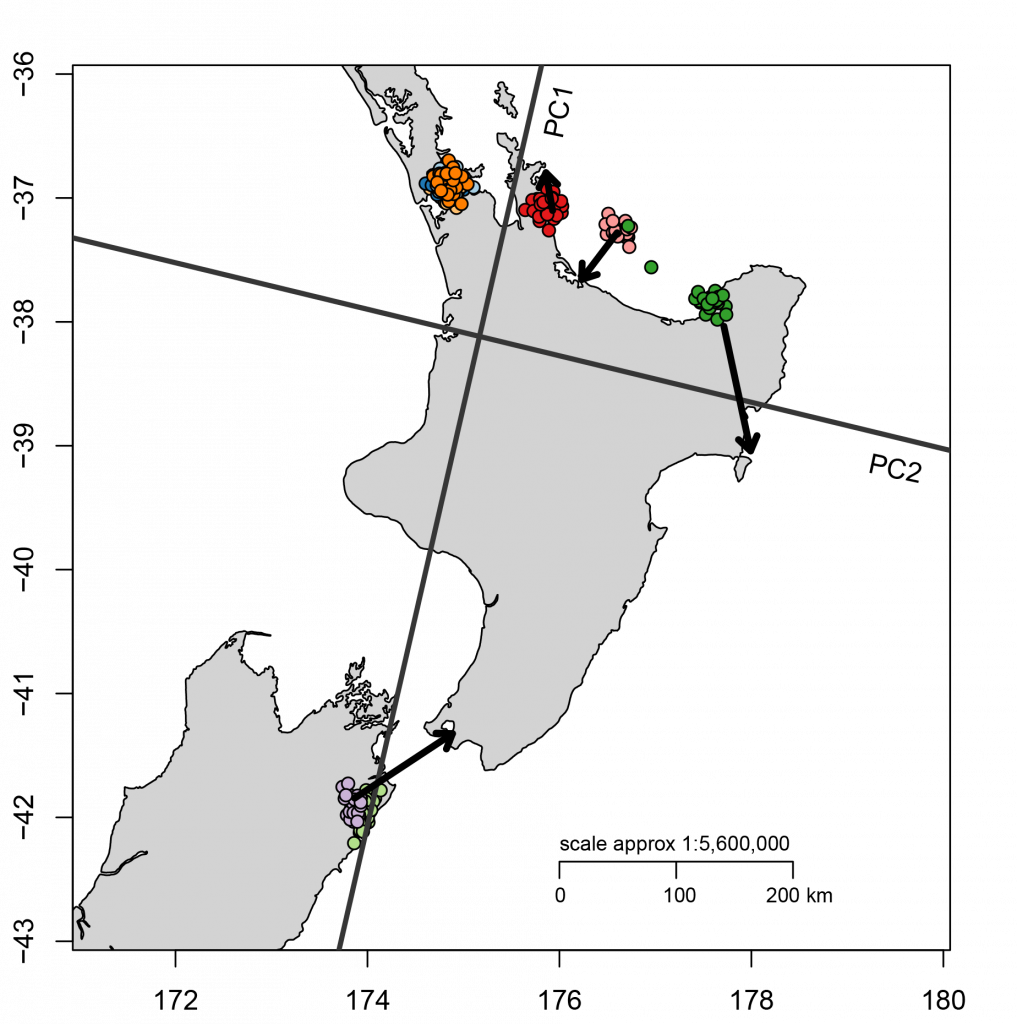
Because this colour polymorphism also seems to occur in other Isocladus species, we are also using DNA to build phylogenies of all the Isocladus species in NZ. We will then use this to investigate how colour polymorphism has been maintained through multiple speciation events. There are so far 6 known species of Isocladus throughout NZ and the Chatham Islands, however our preliminary research suggests that there may be cryptic species present.
Some colour morphs are more common in warmer or colder waters of NZ. This, combined with their abundance throughout the NZ coastline, means that this species has the potential to be a bio-indicator of climate change and the increase in sea surface temperatures. Future research will sequence the entire genome to investigate what genes may be responsible for colouration and what function they have in relation to fitness in different temperature environments.
Contact
Dr Sarah Wells
svanwinkel@unitec.ac.nz
